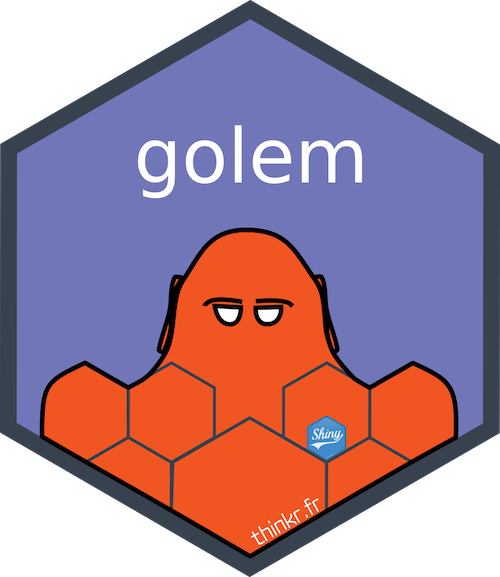I spent the past summer on leave from my PhD, and instead took an opportunity to intern at ConcertAI, a multinational healthcare technology company in the oncology space. ConcertAI desccribe themselves as, “Powerful, integrated real-world data and AI-driven solutions to transform how insights are generated and accelerate therapeutic innovations to patients.”
Fortunately for me, there was an opening in the summer intern listing for someone who was well-versed in R, building dashboards, and data science in general. So, while I had no experience in oncology at the time, I decided to send an application.
I’m fairly certain I was in stiff competition for the position, but one thing that I think helped was that I developed a quick and dirty project where I tinkered with open source oncology data (you can see the project here). I believe jumping into a data set in your own naivité can be a good way to demonstrate your potential to a prospective employer (kind of like doing the take-home task thing but without the headache of it feeling like some kind of assessment).
Key Takeaways
The internship went fairly well, and I’m grateful to my managers and to CAI for having me. My official title was “RWD Product Data Scientist,” and my eventual final output was a dashboard built in R that was published on CAI’s Posit Connect instance. Real World Data (and a similar term, Real World Evidence) sounds like a hat-on-a-hat for describing what data scientists do — analyze data. When would that data ever not come from the real world? Well in practice, the phrase refers to the fact that sometimes biotechnology companies have to distinguish between data that comes from a controlled environment (such as a study) and data that is collected in, well, the real world. In RWD, you might be preparing data in the form of Emergency Medical Records or insurance claims. This is different from the tasks of, say, a biostatistician whose primary datasets might be prepared studies that were either conducted by the company or that the company is somehow connected to. Hence, in the biotech world, it’s important to know whether you’d fit in the RWD or biostat role based on the data you’d prefer to work with.

Speaking of, corporate level datasets are big. Like, really big. It’s hard as an academic to get an appreciation for how big they are without seeing it firsthand. In fact, it’s one of my biggest peeves about having not had formal computer science or engineering experience — throughout my experiences in labs and other such environments, the data has normally been small enought to either fit on a laptop, or sit on a server where one can SSH in and run analyses on samples or even fit the whole dataset in memory. In corporate settings, businesses collect everything continuously, using active databases with billions or records accessible through very strict and formal infrastructure. At CAI, they used a version of MySQL that is partitioned into many different schemas and tables, each tailored to different business units’ needs and operations. This brings me to my second takeaway: R users need to put some work into formalizing training on interacting with databases. I believe we leave it till far too long in our training to learn how to set up, access, and interact with a database. In fact, I’m tempted to say that this training should come before any of the fancy machine learning stuff. That being said, there are some efforts being made to remedy this, such as the stellar support for databases in R provided by Posit’s dbplyr package. In addition, there are two books1 on my radar to review that provide some instruction on how to make a database in a docker image and interact with it, simulating the process of working on corporate infrastructure. I look forward to reporting back on how it goes.

The last takeaway I have worth mentioning is that because I was working on a Shiny app, at production level no-less, I feel into the inevitable problem of a Shiny app being too long to be readable in one file of code. While I didn’t have time to implement it in this project, I am now very strongly considering giving some reading to the golem package’s book Engineering Production-Grade Shiny Apps. The book isn’t necessarily about writing Shiny code, but instead is about the framework with which it’s recommended to think about and structure your app creating process. It goes hand in hand with how the tidyverse manifesto is a framework for tidy data analysis, the grammar of graphics is a framework for data visualization, and tidymodels is the latest framework for machine learning in R. Frameworks help us scale our work reliably, safely, and flexibly, and provide guard rails against common mistakes and pitfalls. A good framework is essential when you’re developing production level code, and so I aim to put golem on my learning list for the near future.

For now, those are the main conclusions I’ve arrived at when it comes to working in biotech. There’s still lots to learn if I’m ever to return to oncology or RWD or biotech in general, but for now, it’s back to the PhD at Northeastern where I hope to sharpen my scientific inquiry skills and do some more cool things with data.
Footnotes
Hands on Data Engineering with R, Python, and PostgreSQL, which looks like an official read, and R, Databases and Docker which is more of a tutorial-style online book.↩︎